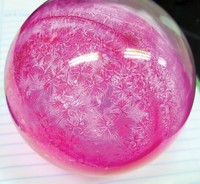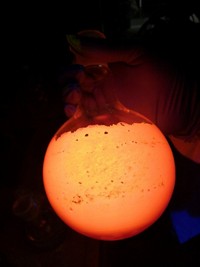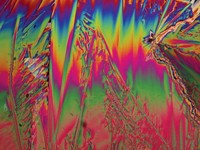Advertisement
Grab your lab coat. Let's get started
Welcome!
Welcome!
Create an account below to get 6 C&EN articles per month, receive newsletters and more - all free.
It seems this is your first time logging in online. Please enter the following information to continue.
As an ACS member you automatically get access to this site. All we need is few more details to create your reading experience.
Not you? Sign in with a different account.
Not you? Sign in with a different account.
ERROR 1
ERROR 1
ERROR 2
ERROR 2
ERROR 2
ERROR 2
ERROR 2
Password and Confirm password must match.
If you have an ACS member number, please enter it here so we can link this account to your membership. (optional)
ERROR 2
ACS values your privacy. By submitting your information, you are gaining access to C&EN and subscribing to our weekly newsletter. We use the information you provide to make your reading experience better, and we will never sell your data to third party members.
Solar Power
Chemistry In Pictures
Chemistry in Pictures: To dye for
by Alexandra A. Taylor
September 22, 2020

UV light makes this magenta dye solution fluoresce a bright reddish orange. Bidyut Das, a PhD candidate at Cotton University, synthesized the fluorescent compound from indigo, a naturally occurring dye, because indigo and its derivatives have interesting optoelectronic and photovoltaic properties. Das used acetic anhydride to acetylate the indigo at both of its nitrogens to form the indigo derivative that makes this solution fluoresce. Indigoid dyes can act as sensitizers—mediums for photon absorption—in solar cells. Das is searching for organic sensitizers that work efficiently and can enhance solar cell performance.
Submitted by Bidyut Das. Follow him on Twitter @Iambidz and Instagram @bidyut.organicchemistry.
Do science. Take pictures. Win money. Enter our photo contest here.





Join the conversation
Contact the reporter
Submit a Letter to the Editor for publication
Engage with us on Twitter